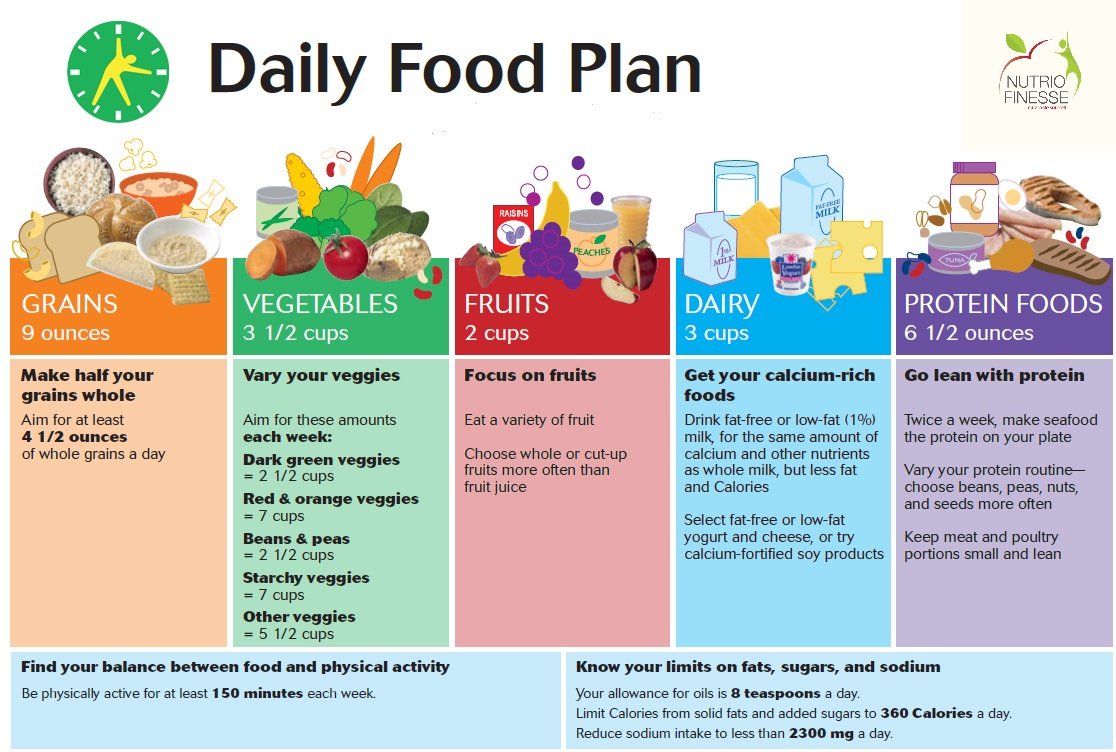How Many Carbs Should a Type 2 Diabetic Eat Daily: Carb Counting With Type 2 Diabetes
What is the recommended amount of carbs for a type 2 diabetic to eat daily? How can carb counting help manage type 2 diabetes? Learn the facts about carbs, blood sugar, and a diabetes-friendly diet.
Understanding the Impact of Carbs on Type 2 Diabetes
For individuals with type 2 diabetes, carbohydrates play a crucial role in managing blood sugar levels. When you consume carbs, your body breaks them down into glucose, which then enters your bloodstream. In a non-diabetic person, insulin helps move this glucose into the cells to be used for energy. However, in type 2 diabetes, the body may be insulin resistant or unable to produce sufficient insulin, leading to elevated blood sugar levels.
Monitoring your carb intake can be highly beneficial for managing type 2 diabetes. By limiting your carb consumption, you can avoid blood sugar spikes and reduce the demand on your insulin supply. This, in turn, can help you maintain healthy blood sugar levels and prevent or delay the development of serious complications, such as kidney disease, heart problems, and vision loss.
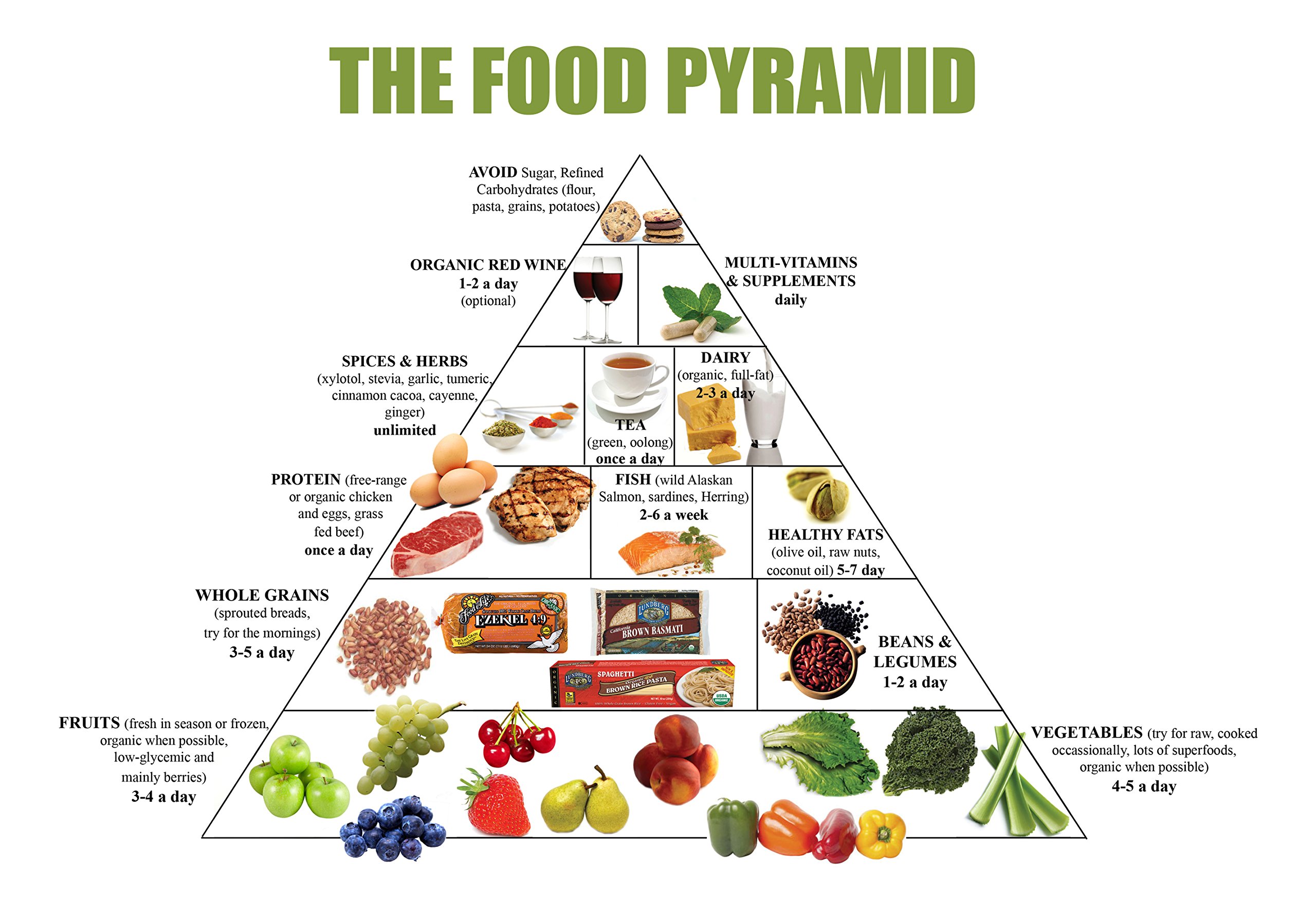
Understanding the Types of Carbohydrates
Carbohydrates can be classified into three main types: sugars, starches, and fiber. It’s important to understand the differences between these types, as they can have varying effects on your blood sugar levels.
Sugars
Sugars include natural sugars found in foods like milk and fruit, as well as added sugars in processed foods and baked goods. These types of carbs can quickly raise your blood glucose levels.
Starches
Starches can be further divided into two categories: amylose and amylopectin. You’ll find starches in certain vegetables, such as potatoes, corn, and peas, as well as in grains like wheat. While vegetables and whole grains are important parts of a balanced diet, foods high in starches can also cause spikes in blood sugar, especially amylopectin-based starches.
Fiber
Fiber is a type of carbohydrate that your body doesn’t digest, but it still offers high nutritional value. Fiber helps you feel full for longer, which may assist in making healthier food choices and avoiding excessive snacking. Foods high in fiber include beans, broccoli, avocados, and apples.
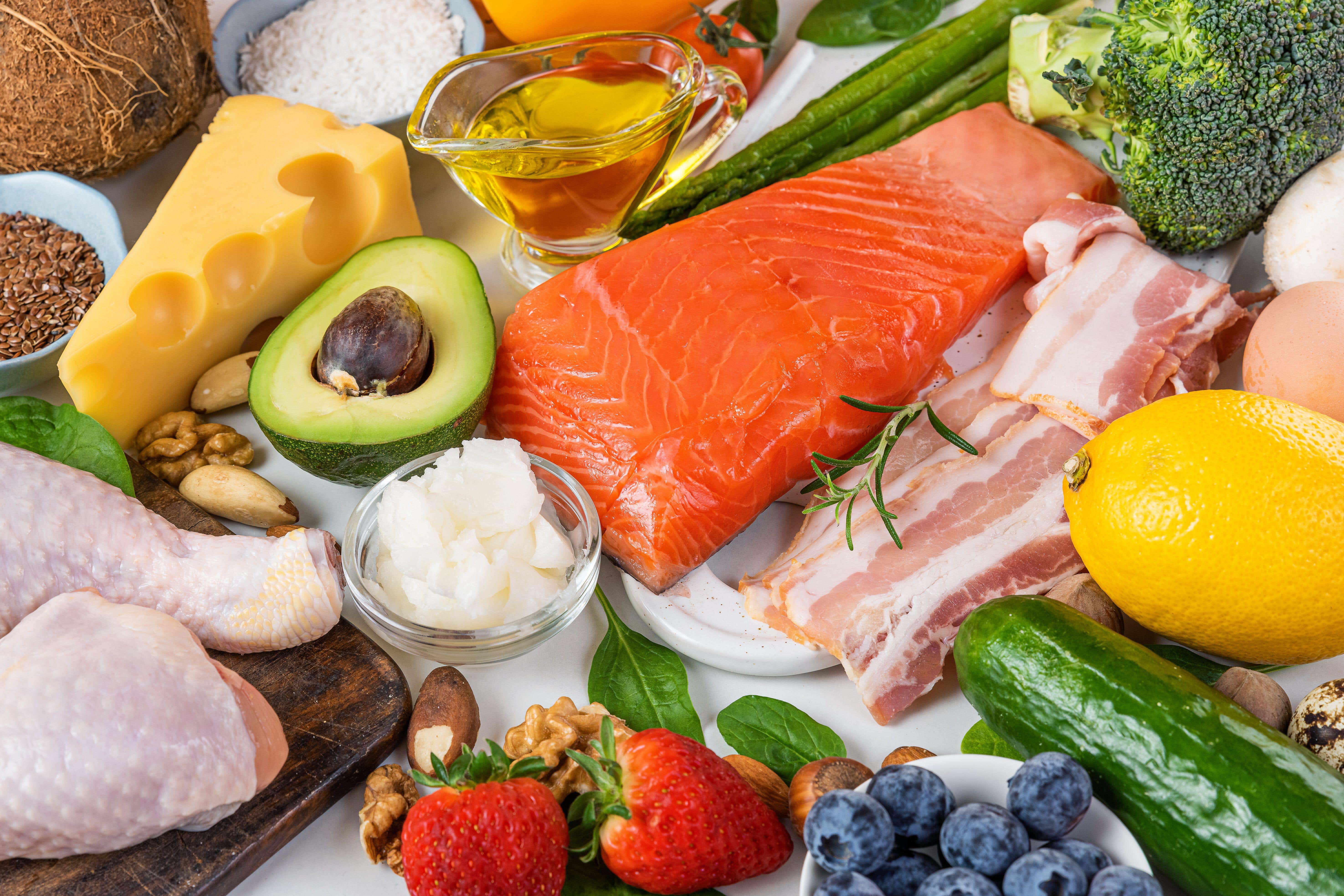
How to Count Carbs for Type 2 Diabetes
To effectively count carbs, you should track the number of grams of carbohydrates in the foods you consume. This information can be found on the nutrition facts label of packaged foods. Be sure to pay attention to the serving size, as your actual consumption may differ from the listed serving size.
For foods without nutrition labels, such as fruits, vegetables, and whole grains, you can use the USDA’s FoodData Central database to look up the carbohydrate content.
The easiest way to keep track of your carb intake is to maintain a food diary, either in a notebook or using a smartphone app. This can help you identify patterns and make adjustments to your diet as needed.
Determining the Optimal Carb Intake for Type 2 Diabetes
There is no one-size-fits-all formula for determining the optimal amount of carbs for someone with type 2 diabetes. The recommended intake can vary from person to person and depends on factors such as your activity level, weight, and how your body responds to insulin.

Finding the right balance is crucial. Eating too many carbs can cause blood sugar spikes, while consuming too few carbs may lead to nutrient deficiencies and difficulty maintaining a healthy weight. It’s essential to work closely with your healthcare team to determine the appropriate carb intake for your individual needs.
Foods to Eat and Avoid with Type 2 Diabetes
When living with type 2 diabetes, it’s important to focus on foods that are low in carbs, high in fiber, and nutrient-dense. Some recommended options include:
- Non-starchy vegetables (e.g., broccoli, spinach, tomatoes)
- Whole grains (e.g., quinoa, brown rice, oats)
- Lean proteins (e.g., chicken, fish, tofu)
- Healthy fats (e.g., avocado, nuts, olive oil)
- Low-fat or non-fat dairy products
On the other hand, it’s best to limit or avoid foods that are high in added sugars, refined carbs, and unhealthy fats, such as:
- Baked goods (e.g., cakes, cookies, pastries)
- Sweetened beverages (e.g., soda, fruit juices)
- White bread, pasta, and rice
- Fried foods
- Processed meats (e.g., bacon, sausage)
The Benefits of Carb Counting for Type 2 Diabetes
By carefully monitoring your carb intake, you can effectively manage your type 2 diabetes and reduce the risk of complications. Carb counting allows you to:

- Avoid blood sugar spikes and maintain healthy blood glucose levels
- Understand how your diet impacts the effectiveness of your diabetes medications or insulin injections
- Make informed decisions about the foods you consume and create a diabetes-friendly meal plan
- Potentially delay or prevent the development of serious health issues associated with uncontrolled type 2 diabetes
Ultimately, carb counting is a valuable tool that can empower individuals with type 2 diabetes to take an active role in their health and wellness. By working closely with your healthcare team, you can develop a personalized approach to carb management that helps you achieve your goals and improve your quality of life.
Carb Counting With Type 2 Diabetes
Content
- Overview
- Understanding how carbs affect type 2 diabetes
- How do I count carbs for type 2 diabetes?
- How many carbs should I eat in a day if I have type 2 diabetes?
- Foods to eat and avoid
- The lowdown
More than 9%¹ of people in the US have type 2 diabetes. The condition is characterized by high blood sugar caused when your body doesn’t produce or use insulin correctly.
If left untreated, type 2 diabetes can lead to serious health problems like kidney and heart disease, vision loss, and an increased risk of stroke. Most people can manage the harmful effects of type 2 diabetes through diet and exercise. In some cases, they may also need medication to help keep their blood sugar levels in a healthy range.
If you have type 2 diabetes, carb counting can help you maintain healthy blood sugar levels. Doing so can help prevent or delay the development of complications. Learn more about how carbs affect your blood sugar levels, how to count them, and the best foods to add to a diabetes-friendly diet.
Have you considered clinical trials for Type 2 diabetes?
We make it easy for you to participate in a clinical trial for Type 2 diabetes, and get access to the latest treatments not yet widely available – and be a part of finding a cure.
Check your eligibility
The carbs you eat significantly impact your blood sugar levels. When you ingest carbohydrates, your body breaks them down into glucose (sugar). Glucose then enters your bloodstream, which raises your blood glucose levels.
In a non-diabetic person, insulin helps move glucose out of the bloodstream into the cells, where it’s used for energy.
When you have type 2 diabetes, you may be insulin resistant or unable to produce it sufficiently to remove glucose from your bloodstream. This keeps your blood sugar levels elevated, which can lead to serious health complications.
Limiting your carb intake can be helpful. By monitoring how many carbs you consume, you can avoid blood sugar spikes which put extra demand on your insulin supply. You may also be able to control your blood sugar levels and keep them in a healthy range more effectively.
You may also be able to control your blood sugar levels and keep them in a healthy range more effectively.
Tracking carbs can also help you monitor how your diet impacts the effect of oral diabetes medications or insulin injections.
Carbohydrates can be simple or complex. Your body breaks down simple carbs like table sugar and baked goods quickly, which leads to blood sugar spikes.
Complex carbs take longer for your body to break down and help you feel fuller for longer. You should stick to complex carbs as much as possible.
There are three types of carbohydrates:
Sugar
These include natural sugars found in foods like milk and fruit, and added sugars found in processed foods and baked goods. Sugars can quickly raise blood glucose levels, and processed sugar should be consumed in strict moderation.
Starches
There are two types of starch carbohydrates based on their structure: amylose and amylopectin.
You’ll find starches in certain vegetables, such as potatoes, corn, and peas. You’ll also find starches in grains like wheat.
You’ll also find starches in grains like wheat.
While you should eat plenty of vegetables and whole grains as part of a well-balanced diet, foods high in starches can also cause spikes in blood sugar, especially amylopectin. You should only eat these foods in moderation.
Fiber
Fiber is a type of carbohydrate your body doesn’t digest, but it still has high nutritional value. Fiber helps you feel full for longer, which may help you make healthier food choices and avoid too much snacking.
Foods high in fiber include beans, broccoli, avocados, and apples. Like starch, it can also be classified into two types: soluble and insoluble.
To count carbs, you should track how many grams of carbohydrates are in the foods you eat. You can do this for most foods by reading the product’s nutrition facts label. The label will list the total number of carbohydrate grams per serving, including all three carb types.
You should pay attention to your serving size when calculating how many grams of carbs you consume. For example, you will need to make an adjustment if the serving size for your favorite cereal is one cup on the nutrition label, but you eat a cup and a half.
For example, you will need to make an adjustment if the serving size for your favorite cereal is one cup on the nutrition label, but you eat a cup and a half.
If you are eating something that doesn’t have a nutrition label, such as an apple or whole grains, you can use the USDA’s FoodData Central database to look up the nutritional information.
The easiest way to track your carbs is to keep a food diary. You can do this in a notebook or by using an app on your smartphone.
There is no fixed formula to determine how many carbs you should eat each day with type 2 diabetes. The amount differs from person to person and depends on several factors, including your activity level, your weight, and how your body responds to insulin.
Finding the right balance is important. Eating too many carbs can cause a blood sugar spike, while eating too few could cause your blood sugar to drop — a condition called hypoglycemia.
Tracking your blood sugar levels before and after meals can help your doctor determine the amount of carbs you should eat.
Some common recommendations include:
Moderate carb diets, where 26–44% of your daily calorie intake comes from carbs
Low-carb diets, where less than 26% of your daily calorie intake come from carbs
Very low-carb or ketogenic diet, where less than 10% of your daily calorie intake comes from carbs
Health professionals usually recommend a low-carb diet to help manage type 2 diabetes. Low-carb diets have been shown to improve blood sugar control and decrease the need for medication. Some people who stick to a low-carb diet experience diabetes remission.
Depending on your doctor’s advice, you can determine the amount of carbs to eat each day based on how many calories you typically consume.
For example, if you usually eat around 2,000 calories a day and your doctor recommends sticking to a low-carb diet, fewer than 520 calories a day should come from carbs. One gram of carbs contains four calories, so you can consume 130 grams of carbs per day.:max_bytes(150000):strip_icc()/type-2-diabetes-nutrition-and-weight-loss-4014311-f124cff6544d4b1cbb98b81ac9db0ab0.png)
You should consume a healthy, well-balanced diet focused on whole foods.
Your diet should include:
Lean meats (including fish, chicken, turkey, and some pork cuts)
Complex carbohydrates (vegetables and beans)
Whole grains (found in brown rice, oatmeal, and popcorn)
Try to avoid processed foods like baked goods, crackers, pasta, chips, soda, and alcoholic beverages, as these often contain added sugar. Use the nutrition label to find out if there is added sugar.
If you are struggling to control your blood sugar levels by making changes to your diet, or if you feel you need additional support in managing your type 2 diabetes, ask your doctor to refer you to a dietician.
Type 2 diabetes is a health condition characterized by high blood sugar levels. It can lead to serious complications if left untreated.
One of the best ways to manage type 2 diabetes is by making dietary changes, including limiting the amount of carbohydrates you consume each day.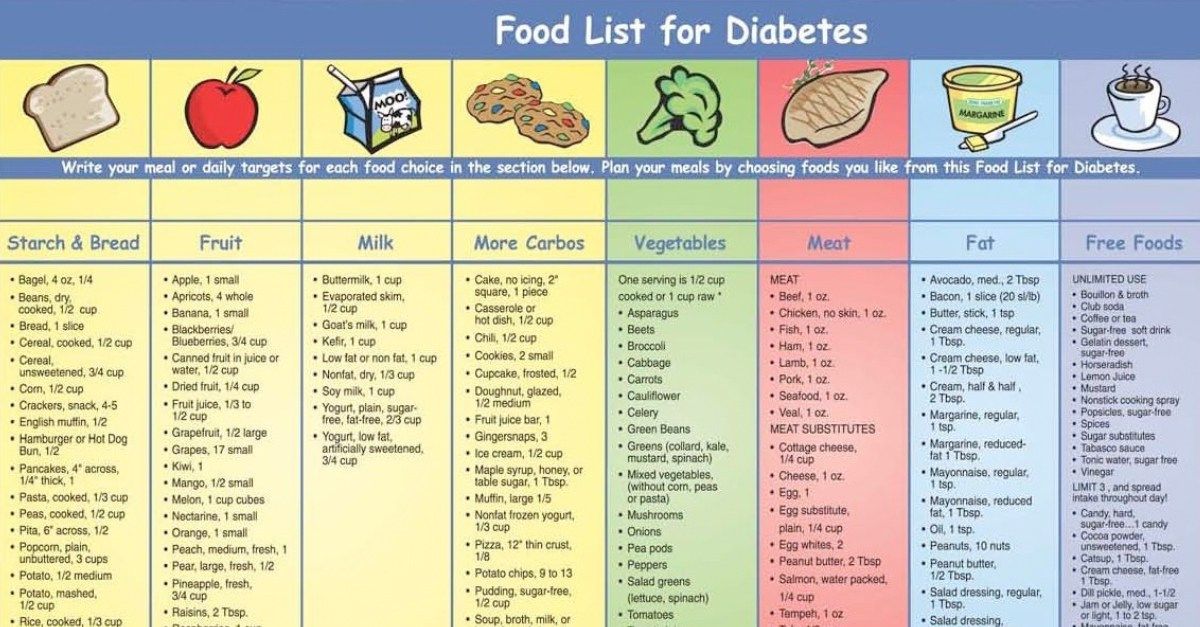 Your body breaks down carbs and turns them into glucose which raises your blood sugar levels.
Your body breaks down carbs and turns them into glucose which raises your blood sugar levels.
Following a low-carb diet is usually recommended to people with type 2 diabetes, where carb consumption is limited to 26% of your daily calorie intake. This means consuming less than 130 grams of carbs per day if you typically eat 2,000 calories.
Try to eat complex carbs which take longer to break down, versus simple carbs like those found in table sugar and baked goods. Eating a well-balanced, nutritious diet rich in lean meats, whole grains, fruits, and vegetables is a good place to start.
If you are struggling to manage your blood sugar through dietary changes or want additional support, working with a registered dietician may help.
How Many Carbs Should a Person with Diabetes Have?
We include products we think are useful for our readers. If you buy through links on this page, we may earn a small commission Here’s our process.
Healthline only shows you brands and products that we stand behind.
Our team thoroughly researches and evaluates the recommendations we make on our site. To establish that the product manufacturers addressed safety and efficacy standards, we:
- Evaluate ingredients and composition: Do they have the potential to cause harm?
- Fact-check all health claims: Do they align with the current body of scientific evidence?
- Assess the brand: Does it operate with integrity and adhere to industry best practices?
We do the research so you can find trusted products for your health and wellness.
Read more about our vetting process.
Was this helpful?
An individualized approach is often best when it comes to carb intake for diabetes management. These guidelines can help you get started on the right path.
Figuring out how many carbs to eat when you have diabetes can seem confusing.
Dietary guidelines from around the globe traditionally recommend that you get around 45–65% of your daily calories from carbs if you have diabetes (1, 2, 3).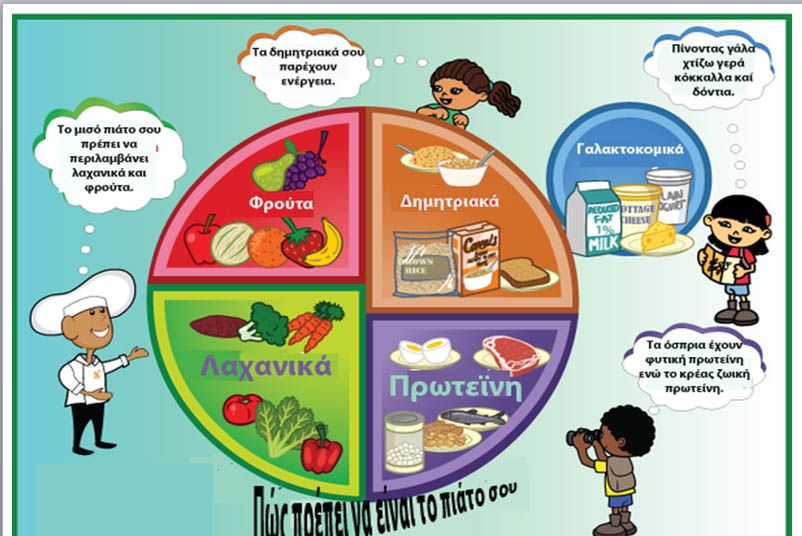
However, a growing number of experts believe that people with diabetes should eat far fewer carbs. In fact, many recommend less than half this amount.
Counting your carbs will help ensure that you stay within the range that’s best for you.
This article tells you how many carbs to consider eating if you have diabetes.
There are three main types of carbs: sugars, starches, and fiber (4).
Sugar belongs to a category known as simple carbohydrates. Simple carbs have one sugar molecule (monosaccharides) or two sugar molecules (disaccharides).
Sugar is found naturally in foods and beverages like whole fruit, juice, milk products, and honey. It’s also added to processed foods such as candy.
Starches and fiber are both complex carbohydrates. Complex carbs have at least three sugar molecules. The body takes more time to digest, or break down, starches than sugar, and it can’t digest fiber at all.
Starches are found in foods like potatoes, corn, legumes, and whole grain breads and pastas._0.jpg)
Fiber is found in foods like fruits, vegetables, legumes, nuts, and whole grains. Unlike sugars and starches, naturally occurring fiber doesn’t raise your blood sugar level and may even slow its rise (5, 6).
Many foods and beverages, such as rice, contain more than one type of carbohydrate.
SUMMARY
The three main types of carbohydrates are sugars, starches, and fiber.
Many factors, including exercise, stress, and illness, affect your blood sugar levels. That said, one of the largest factors is what you eat.
Of the three macronutrients — carbs, protein, and fat — carbs have the greatest effect on blood sugar. That’s because your body breaks down carbs into sugar, which enters your bloodstream.
This occurs with all digestible carbs, including refined sources like chips and cookies as well as whole, unprocessed sources like fruits and vegetables.
When people with diabetes eat foods high in carbs, their blood sugar levels can surge.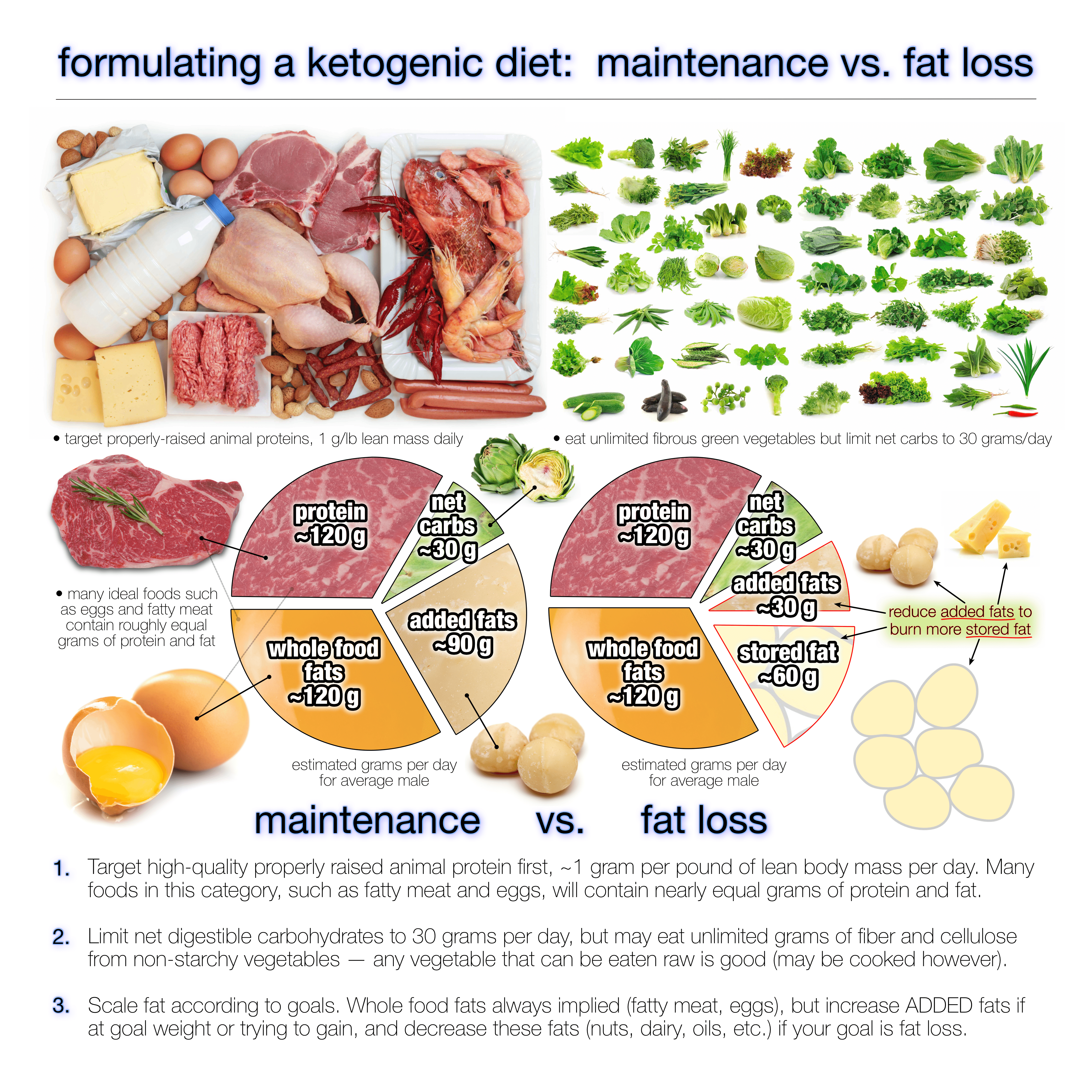 High carb intake typically requires high doses of insulin or diabetes medication to manage blood sugar.
High carb intake typically requires high doses of insulin or diabetes medication to manage blood sugar.
Given that people with type 1 diabetes are unable to produce insulin, they need to inject insulin several times a day, regardless of what they eat. However, eating fewer carbs can significantly reduce their mealtime insulin dosage.
SUMMARY
Your body breaks down certain carbs into sugar, which enters your bloodstream. People with diabetes who eat a lot of carbs require insulin or diabetes medication to keep their blood sugar from rising too much.
Studies have shown that many different levels of carb intake may help manage blood sugar, and the optimal amount of carbs varies by individual.
The American Diabetes Association (ADA) used to recommend that people with diabetes get around 45% of their calories from carbs.
However, the ADA now promotes an individualized approach in which your ideal carb intake should take into account your dietary preferences and metabolic goals (7).
It’s important to eat the number of carbs at which you feel best and that you can realistically maintain in the long term.
The typical American diet provides around 2,200 calories per day, with 50% of them coming from carbs. This is equivalent to 275 grams of carbs per day (8).
A severely restricted intake of less than 50 grams of carbs per day appears to produce the most dramatic results and may reduce or even eliminate the need for insulin or diabetes medication. This represents 9–10% of daily calories on a 2,000–2,200-calorie diet (9, 10, 11).
When tracking carb intake, experts sometimes recommend focusing on your net carbs instead of the total amount of carbs you eat. Net carbs is total grams of carbs minus grams of fiber (11).
People with diabetes can also benefit from diets that allow up to 26% of their daily calories to come from carbs. For people who eat 2,000–2,200 calories a day, this is equivalent to 130–143 grams of carbs (12).
Since carbs raise blood sugar, reducing them to any extent can help you manage your blood sugar levels. Therefore, figuring out how many carbs to eat requires some testing and evaluating to find out what works best for you.
Therefore, figuring out how many carbs to eat requires some testing and evaluating to find out what works best for you.
For instance, if you’re currently consuming about 250 grams of carbs per day, reducing your intake to 150 grams should result in significantly lower blood sugar after meals.
SUMMARY
There’s no one-size-fits-all recommendation for how many carbs people with diabetes should eat. However, having carbs account for no more than 26% of your daily calories may help you manage your condition.
To determine your ideal carb intake, measure your blood sugar with a blood glucose meter before a meal and again 1–2 hours after eating.
To prevent damage to your blood vessels and nerves, the maximum level your blood sugar should reach is 180 milligrams per deciliter (mg/dL), or 10 millimoles per liter (mmol/L), 2 hours after eating. However, you may want to aim for an even lower ceiling (13).
To achieve your blood sugar goals, you may need to restrict your carb intake to less than 10, 15, or 25 grams per meal. Also, you may find that your blood sugar rises more at certain times of the day, so your upper carb limit may be lower for dinner than for breakfast or lunch.
Also, you may find that your blood sugar rises more at certain times of the day, so your upper carb limit may be lower for dinner than for breakfast or lunch.
In general, the fewer carbs you consume, the less your blood sugar will rise and the less insulin or diabetes medication you’ll require to stay within a healthy range.
If you take insulin or diabetes medication, it’s very important to speak with a healthcare professional to ensure the appropriate dosage before reducing your carb intake.
SUMMARY
Determining the optimal carb intake for diabetes management requires testing your blood sugar and making adjustments as needed based on your response, including how you feel.
Many studies support the use of carb restriction in people with diabetes. Research has confirmed that many levels of carb restriction can effectively lower blood sugar levels.
Very low carb ketogenic diets
Very low carb diets typically induce mild to moderate ketosis, a state in which your body uses ketones and fat, rather than sugar, as its main energy sources.
Ketosis usually occurs at a daily intake of fewer than 50 grams of total carbs (9).
Very low carb ketogenic diets were prescribed for people with diabetes even before insulin was discovered in 1921 (8).
Several studies indicate that restricting carb intake to 20–50 grams per day can significantly reduce blood sugar levels, promote weight loss, and improve cardiovascular health for people with diabetes (9, 10, 11, 14, 15, 16).
In addition, these improvements often occur very quickly.
For instance, in a small 3-month study, people consumed either a low carb diet containing up to 50 grams of carbs per day or a calorie-restricted low fat diet.
The low carb group averaged a 0.6% decrease in hemoglobin A1c (HbA1c) and lost more than twice as much weight as the low fat group. What’s more, 44% of them discontinued at least one diabetes medication compared with 11% of the low fat group (16).
In fact, in several studies, participants have reduced or discontinued use of insulin and other diabetes medications due to improvements in blood sugar control (9, 10, 11, 14, 15).
Diets containing 20–50 grams of carbs per day have also been shown to lower blood sugar levels and reduce the risk of disease in people with prediabetes (17).
Although concerns have been raised that higher protein intake on low carb diets may lead to kidney problems, a 12-month study found that a very low carb intake didn’t increase the risk of kidney disease (18).
Another study found that the diet might actually improve kidney function in people with type 2 diabetes and normal renal function or mild kidney disease (19).
Low carb diets
Many low carb diets restrict carbs to 50–100 grams, or about 10–20% of calories, per day.
Although there are very few studies on carb restriction in people with type 1 diabetes, those that exist have reported impressive results (20, 21, 22, 23).
One of the biggest concerns for people with type 1 diabetes is hypoglycemia, or blood sugar that drops to dangerously low levels.
In a small 12-month study from 2005, adults with type 1 diabetes who restricted their daily carb intake to fewer than 90 grams had 82% fewer episodes of low blood sugar than before they started the diet (20).
In a 2012 study in people with type 1 diabetes who restricted carbs to 70 grams per day, participants saw their HbA1c drop from 7.7% to 6.4%, on average. What’s more, their HbA1c levels remained the same 4 years later (21).
A 1.3% reduction in HbA1c is a significant change to maintain over several years, particularly in those with type 1 diabetes.
People with type 2 diabetes may also benefit from limiting their daily carb intake.
According to a research review, people who consumed no more than 26% of calories from carbs were 32% more likely to experience diabetes remission than people who mostly followed a low fat diet. A person was considered in remission if their HbA1c was under 6.5% (12).
Moderate carb diets
A more moderate carb diet may provide 130–220 grams of carbs per day, or 26–44% of calories in a 2,000-calorie diet (24).
A few studies examining such diets have reported good results in people with diabetes (25, 26).
In a 2010 study of 259 people with type 2 diabetes, those who followed a Mediterranean diet providing 35% or fewer calories from carbs experienced a significant reduction in HbA1c. Over the course of 12 months, HbA1c dropped 2.0% on average (27).
Over the course of 12 months, HbA1c dropped 2.0% on average (27).
SUMMARY
Studies demonstrate that restricting carbs may benefit people with diabetes. The lower your carb intake, the greater the effect on your blood sugar levels and other health markers.
Many tasty, nutritious, low carb foods raise blood sugar levels only minimally. You can enjoy these foods in moderate to liberal amounts on low carb diets.
However, you should avoid or limit the following high carb items:
- breads, muffins, rolls, and bagels
- pasta, rice, corn, and other grains
- potatoes, sweet potatoes, yams, and taro
- milk and sweetened yogurt
- most fruit, except berries
- cakes, cookies, pies, ice cream, and other sweets
- snack foods like pretzels, chips, and popcorn
- juice, soda, sweetened iced tea, and other sugar-sweetened drinks
- beer, wine, and spirits
Keep in mind that not all of these foods are unhealthy. For example, fruits are highly nutritious, but eating large amounts isn’t optimal for anyone trying to manage their blood sugar levels by eating fewer carbs.
For example, fruits are highly nutritious, but eating large amounts isn’t optimal for anyone trying to manage their blood sugar levels by eating fewer carbs.
SUMMARY
On a low carb diet, you should avoid or limit foods and beverages like beer, bread, potatoes, fruit, and sweets.
Low carb diets have consistently been shown to lower blood sugar and improve other health markers in people with diabetes.
At the same time, certain higher carb diets have been credited with similar effects.
For example, some studies suggest that low fat vegan or vegetarian diets may lead to better blood sugar control and overall health (28, 29, 30, 31).
In a 12-week Korean study, a brown-rice-based vegan diet containing 268.4 grams of carbs per day (about 72% of calories) lowered participants’ HbA1c levels more than a standard diabetes diet with 249.1 grams of total daily carbs (about 67% of calories) (30).
An analysis of four studies found that people with type 2 diabetes who followed a low fat macrobiotic diet consisting of 70% carbs achieved significant reductions in blood sugar and other health markers (32).
The Mediterranean diet likewise improves blood sugar control and provides other health benefits in individuals with diabetes (33).
However, it’s important to note that most of these diets weren’t directly compared with low carb diets, but rather with standard low fat diets often used for diabetes management. More research on these diets is needed.
SUMMARY
Studies suggest that certain higher carb diets may aid diabetes management. Still, additional research is needed.
If you have diabetes, reducing your carb intake may be beneficial.
Multiple studies have shown that a daily carb intake of up to 44% of calories not only leads to better blood sugar control but also may promote weight loss and other health improvements.
Here’s a sample menu, which would provide about 113 grams of total carbs for the day (34):
- Breakfast: 1 slice of whole wheat toast (about 14 grams of carbs) plus an omelet made with 2 large eggs (about 1 gram) and 1 cup of nonstarchy vegetables like broccoli and greens (about 10 grams)
- Lunch: 12 ounces of lentil soup (about 33 grams) and 1 apple (about 15 grams)
- Dinner: 4 ounces of grilled chicken breast (0 grams), 1.
 5 cups of nonstarchy vegetables like zucchini and okra (about 15 grams), and 4 ounces of brown rice (about 25 grams)
5 cups of nonstarchy vegetables like zucchini and okra (about 15 grams), and 4 ounces of brown rice (about 25 grams)
However, some individuals can tolerate more carbs than others.
Testing your blood sugar and paying attention to how you feel at different carb intakes can help you find your ideal range for optimal diabetes management, energy levels, and quality of life.
It might also be helpful to reach out to others for support. Our free app, T2D Healthline, connects you with real people living with type 2 diabetes. Ask diet-related questions and seek advice from others who get it. Download the app for iPhone or Android.
Nutrition in diabetes: how to make a diet?
- General dietary guidelines for diabetes
- How to control glucose levels?
- What does “diabetic product” mean?
- Calculation of bread (carbohydrate) units
- How many bread units can you eat per day?
- What is the glycemic index of foods?
- What you need to know about the glycemic index?
- What sugar substitutes can be used in diabetes?
- Can I drink alcohol with diabetes?
Image by jcomp on Freepik
Proper diet is an essential condition for controlling the development of the disease in diabetes mellitus.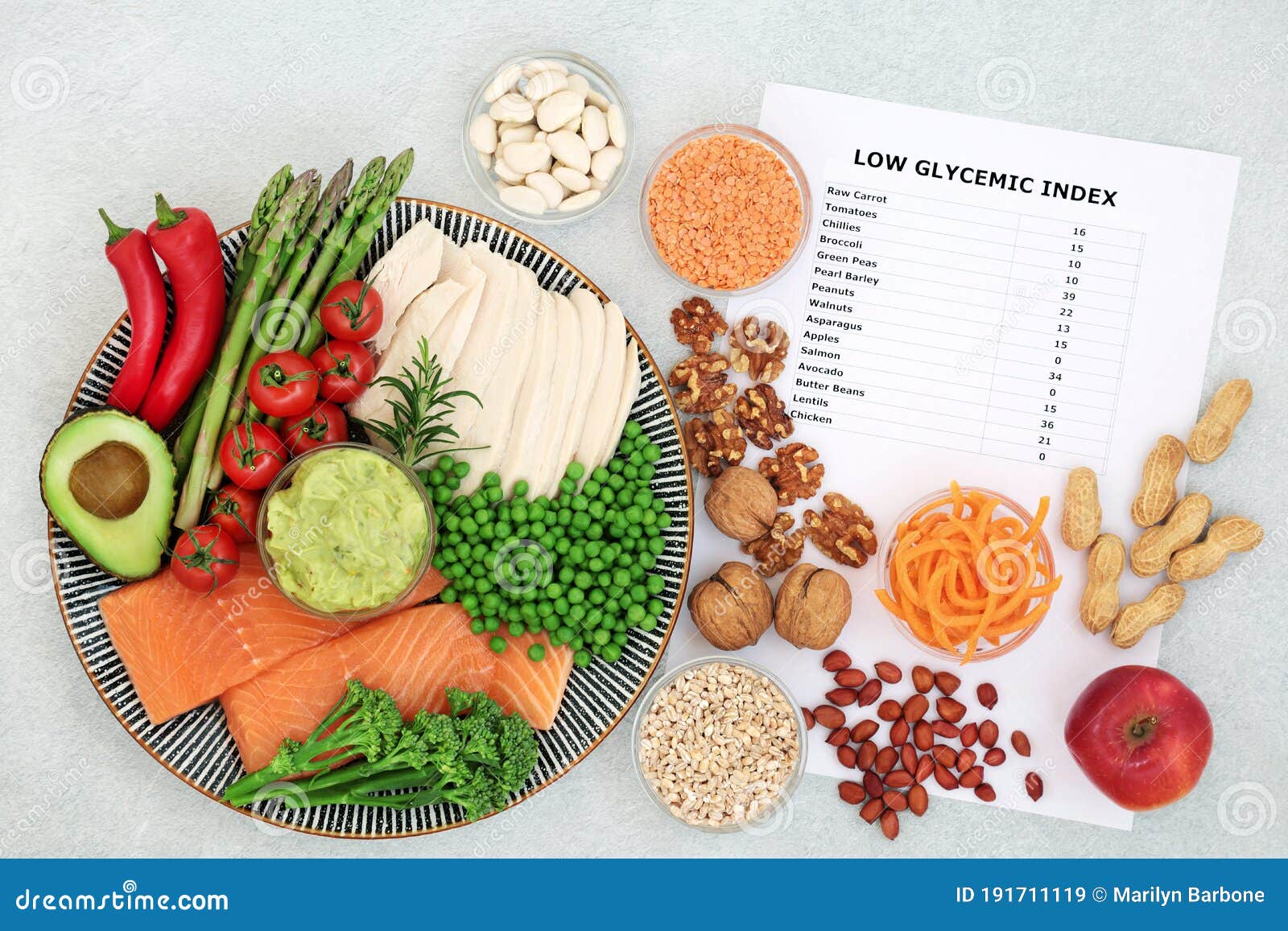 This disease is directly related to the violation of carbohydrate metabolism due to insufficient production of insulin or its improper interaction with cells. Non-compliance with dietary recommendations for diabetes leads to sharp jumps in blood glucose levels and worsening of the diabetic condition.
This disease is directly related to the violation of carbohydrate metabolism due to insufficient production of insulin or its improper interaction with cells. Non-compliance with dietary recommendations for diabetes leads to sharp jumps in blood glucose levels and worsening of the diabetic condition.
If a patient is diagnosed with diabetes, special attention should be paid to the composition of products, menu planning in advance, avoiding overeating and skipping meals. Experts recommend purchasing a kitchen scale to monitor portion sizes.
The main tasks of a proper diet for diabetes are:
- normalization of body weight and maintenance of stable weight;
- cholesterol control;
- maintenance of normal blood glucose levels;
- providing the body with essential nutrients.
It is worth noting that it is necessary to monitor cholesterol and weight not only for diabetics, but also for all other people, regardless of their state of health. To maintain normal glucose levels in diabetes, you need to know the glycemic index of foods and their composition, which determines the ability to increase blood glucose.
To maintain normal glucose levels in diabetes, you need to know the glycemic index of foods and their composition, which determines the ability to increase blood glucose.
General dietary guidelines for diabetes
These recommendations are suitable not only for diabetics, but also for healthy people:
- Regularly eat foods with fiber: whole grain bread, cereals, wholemeal pastries, bran. These products contain dietary fiber, which is necessary for the normal functioning of the digestive tract;
- fresh fruits and vegetables should be included in the daily diet;
- Limit your intake of foods and drinks that are high in refined sugar, so-called “fast carbs”. The same applies to trans fats, which are processed vegetable fats. They are present in large quantities in confectionery, mayonnaise and sauces, semi-finished products.
- in diabetes, it is worth limiting the consumption of fatty meat and meat products with a high content of fats, smoked meats, frozen semi-finished products, butter, lard.
 It has been proven that an excess of fatty foods contributes to the progression of the disease;
It has been proven that an excess of fatty foods contributes to the progression of the disease; - salt in the daily diet should be no more than 2.4 grams;
- fish and seafood are a source of omega-3 polyunsaturated fatty acids. The most useful for diabetics is fatty sea fish in boiled or baked form;
- Unrefined vegetable oil must be present in the diet. The optimal amount of such a product is 1-2 tablespoons per day. To preserve useful components, unrefined oils should be added to ready-made dishes without heating.
Optimal for diabetics is 5-6 meals a day. Food is taken in small portions.
How to control glucose levels?
When diabetic is diagnosed, the patient regularly checks the glucose level with a glucometer. Carbohydrates cause an increase in blood sugar. Their percentage in the diet of any person is 55–60%, which is the recommended norm.
Carbohydrates are found not only in sweets, but also in dairy products, cereals, vegetables and fruits. They are an integral part of a healthy diet, so completely eliminating carbohydrates from the diet is impossible, and there is no need for this. At the same time, in diabetes, it is important to control how much carbohydrates enter the body. To do this, be sure to read the composition of the products before eating them. The nutritional value of a product is indicated on the packaging: the content of proteins, fats and carbohydrates. The more carbohydrates in the composition, the more glucose will increase.
They are an integral part of a healthy diet, so completely eliminating carbohydrates from the diet is impossible, and there is no need for this. At the same time, in diabetes, it is important to control how much carbohydrates enter the body. To do this, be sure to read the composition of the products before eating them. The nutritional value of a product is indicated on the packaging: the content of proteins, fats and carbohydrates. The more carbohydrates in the composition, the more glucose will increase.
What does “diabetic product” mean?
In stores, you can see products labeled “sugar-free”, “diet” or “diabetic”. They are in different categories of food products: sweets, pastries, yoghurts, drinks. You need to understand that the absence of sugar does not mean the absence of carbohydrates in the composition.
Manufacturers may use fructose or other sweeteners to add flavor. If there are carbohydrates in the composition of the product, they will raise the level of glucose in the blood, despite the absence of sugar. It is important to remember this when including diabetic cookies or chocolate in your diet.
It is important to remember this when including diabetic cookies or chocolate in your diet.
Calculation of bread (carbohydrate) units
The most accurate way to calculate carbohydrates in diabetes is by weighing foods. Knowing how many carbohydrates are contained in 100 g, you can calculate their intake into the body, taking into account the serving size. In type 1 diabetes, counting carbohydrates in food is mandatory for the correct choice of insulin dose.
A kitchen scale is required to weigh portions, but is not available if the person is eating outside the home. For the convenience of patients, the concept of “bread unit” (XE) was introduced. With the help of bread units, you can determine the approximate content of carbohydrates in food without weights. 1 XE is equivalent to 10-12 grams of carbohydrates. With their use, glucose increases by 2–2.8 mmol / liter.
If the product contains few carbohydrates in the composition, then a sufficiently large amount of it is needed to obtain one bread unit.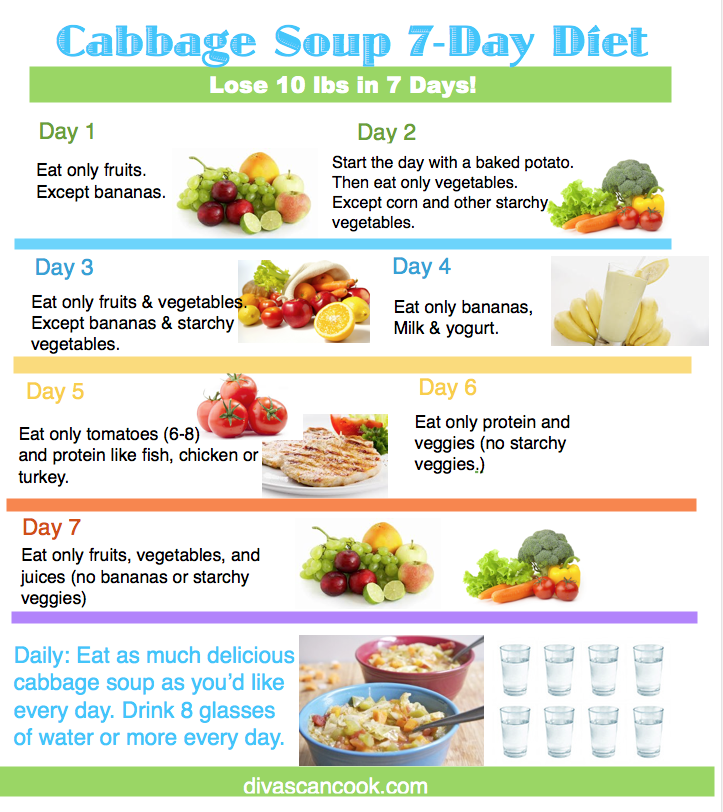 For example, a glass of milk or a fermented milk drink without sugar contains only one XE. Chicken eggs, cheese, cottage cheese, fish, meat have practically no effect on blood glucose levels, since these products contain almost no carbohydrates.
For example, a glass of milk or a fermented milk drink without sugar contains only one XE. Chicken eggs, cheese, cottage cheese, fish, meat have practically no effect on blood glucose levels, since these products contain almost no carbohydrates.
As for high-carb foods, even a small amount of it leads to a significant increase in glucose. For example, one bread unit is contained in only 15 grams of dryers, crackers or crackers, 20 grams of chocolate or white bread, half a banana or persimmon, two tablespoons of mashed potatoes or boiled pasta, one orange or half a grapefruit. Including these foods in your diet, a diabetic should strictly control the portion size. Safer in this regard are beets, raw carrots. One serving of the product weighing 150-200 grams contains only one carbohydrate unit.
How many bread units can you eat per day?
According to the recommendations, the optimal daily diet of a healthy person should contain 18–24 bread units.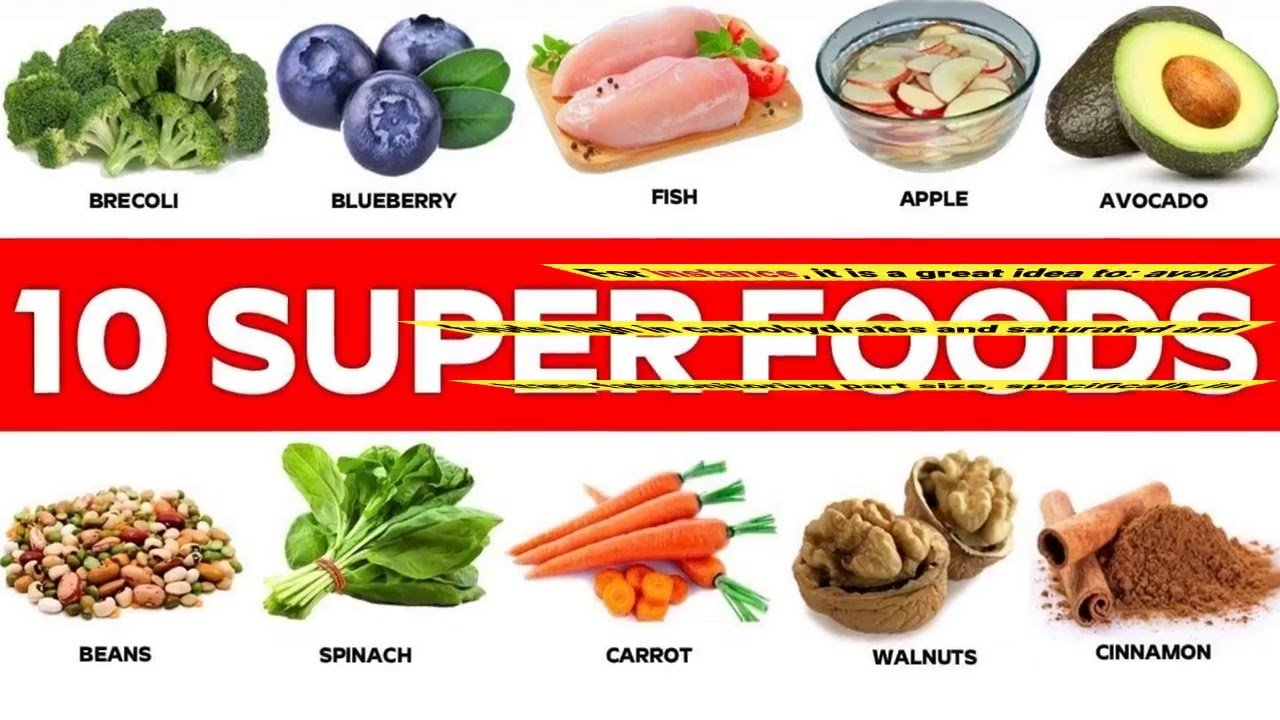 At the same time, no more than 7 XE should be consumed at one meal. If a person adheres to five meals a day, then the main meals may include 3-5 XE, additional (snacks) – 1-2 XE, taking into account all products. The bulk of carbohydrate foods should be eaten in the morning.
At the same time, no more than 7 XE should be consumed at one meal. If a person adheres to five meals a day, then the main meals may include 3-5 XE, additional (snacks) – 1-2 XE, taking into account all products. The bulk of carbohydrate foods should be eaten in the morning.
Experts emphasize that the calculation of bread units is a conditional way to control the intake of carbohydrates into the body. More accurate advice is given by the doctor, taking into account the type of disease (diabetes of the first or second type), the severity of the pathology, the age of the patient, body weight, physical activity and other factors. For example, if overweight patients are recommended a low-calorie diet aimed at normalizing weight. In type 2 diabetes, this approach reduces the need for medication, which usually consists of taking blood sugar-lowering drugs.
What is the glycemic index of foods?
Glycemic index (GI) is an indicator that reflects the degree of increase in blood glucose when eating a product.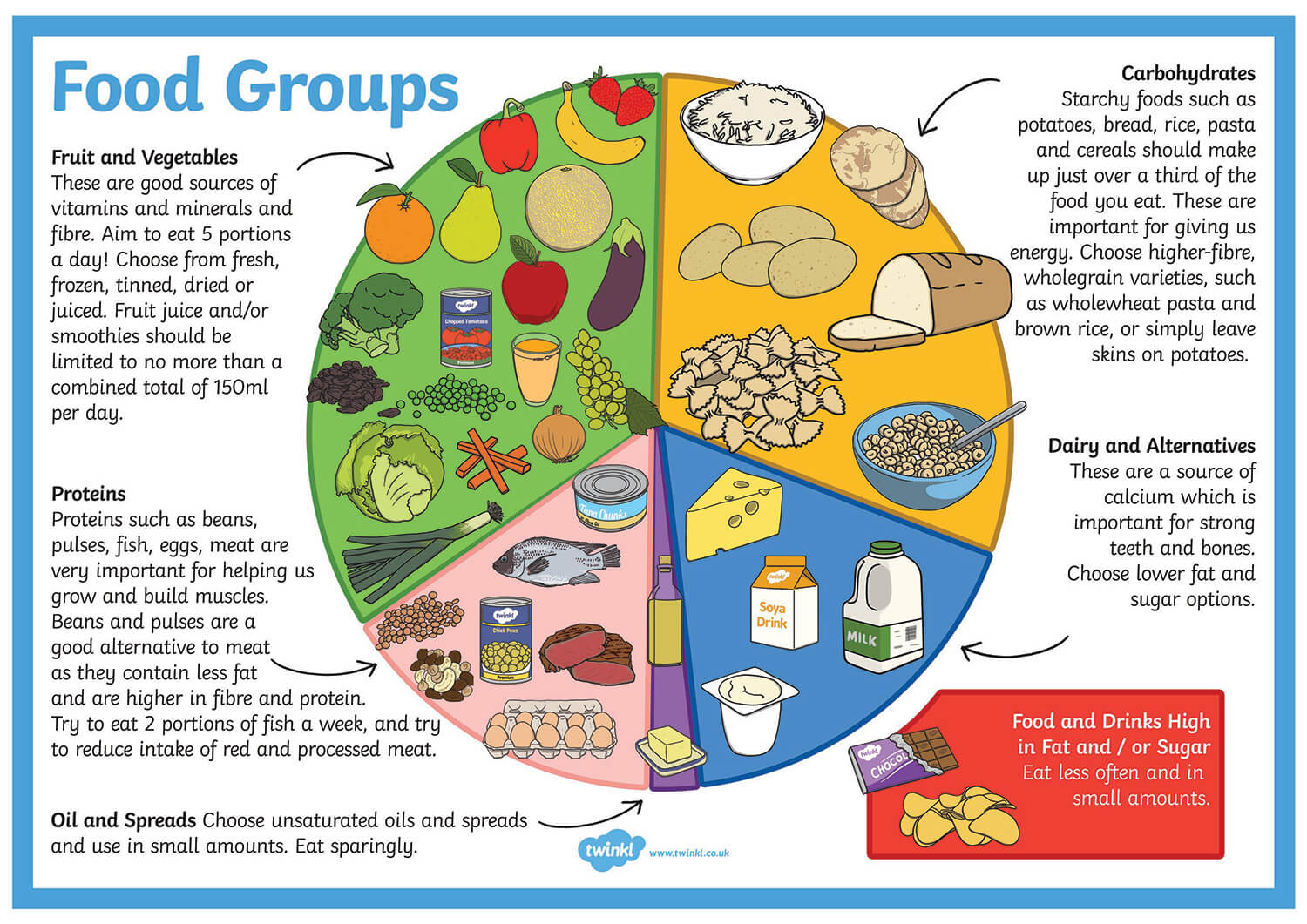 GI is closely related to such concepts as “fast” and “slow” carbohydrates. “Fast” or “simple” carbohydrates are carbohydrates that are digested in a short time and lead to a rapid increase in blood sugar. Foods high in simple carbohydrates are:
GI is closely related to such concepts as “fast” and “slow” carbohydrates. “Fast” or “simple” carbohydrates are carbohydrates that are digested in a short time and lead to a rapid increase in blood sugar. Foods high in simple carbohydrates are:
- refined sugar and honey;
- sweet fruits and their juices, raisins, dates;
- white rice, semolina and corn grits, potatoes, pasta and other flour products;
- pastry, chocolate, sweets, ice cream, preserves and jams, halva.
In the diet of a diabetic, foods with a high glycemic index are undesirable. They can be no more than 10% of the total calorie intake. On the other hand, in some cases, sweets may be necessary. For example, if a patient has taken too much insulin, resulting in hypoglycemia, drinking sugar or a sweet drink can quickly raise glucose and normalize well-being.
Slow carbohydrates are otherwise called “complex”. They are found in cereals, durum wheat pasta, whole grain bread. When using such products, glucose rises more smoothly, without a sharp jump. This helps keep you feeling full for longer.
When using such products, glucose rises more smoothly, without a sharp jump. This helps keep you feeling full for longer.
What do you need to know about the glycemic index?
The glycemic index (GI) can be low (up to 55), medium (56-69) and high (70 to 100).
The same food can have a different GI depending on how it’s prepared. For example, for mashed potatoes, this figure is 85–95, which is a very high value. For fried potatoes, the GI drops to 60-75, and for boiled potatoes that have stood in the refrigerator, the GI is 50. The difference is quite significant. Cooked pasta, cereals, or flakes have a higher GI than whole-grain cereals or pastas that are eaten semi-solid.
To lower the GI, freshly cooked food can be refrigerated and then reheated. Also, the addition of bran to the dish helps to reduce the glycemic index.
What sugar substitutes are available for diabetics?
Artificial and natural sweeteners are used in cooking. Synthetic sweeteners are:
Synthetic sweeteners are:
- aspartame;
- saccharin;
- sucralose;
- cyclamate;
- acesulfame;
- neotam.
These substances do not increase glucose levels and do not contain calories, but sweeteners are ten times sweeter than sugar. Artificial sweeteners are used in the preparation of drinks and pastries, desserts. Each substitute has its own restrictions and consumption norms. For example, aspartame is not recommended for patients with phenylketonuria, and cyclamate should be abandoned for kidney disease. Doctors do not recommend the use of synthetic sweeteners for pregnant women and children under three years of age.
Natural sugar substitutes include:
- sugar alcohols: xylitol, sorbitol, isomalt;
- leaves and extract of stevia, a sweet herb;
- fructose.
Each natural sugar substitute has its own characteristics. For example, fructose contains calories and increases blood glucose, but fructose is absorbed more slowly than sucrose.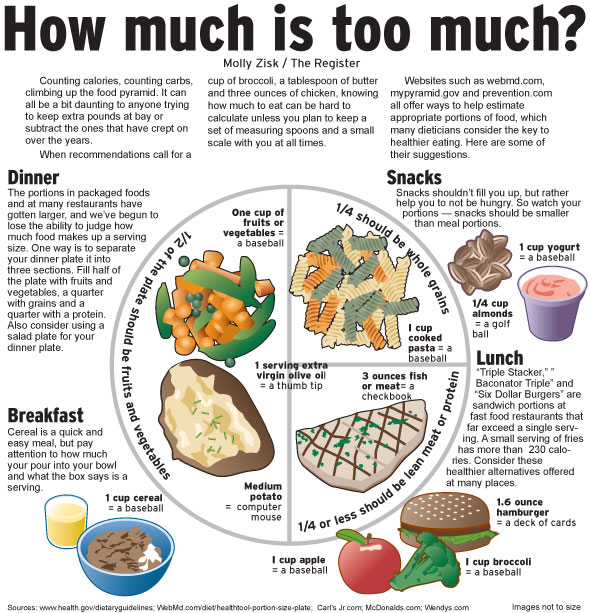 Stevia does not contain calories and does not increase glucose, but this plant has a characteristic aftertaste that changes the taste of the finished dish or drink. Stevioside, an extract of stevia leaves, will help to avoid such a situation. It has no aftertaste.
Stevia does not contain calories and does not increase glucose, but this plant has a characteristic aftertaste that changes the taste of the finished dish or drink. Stevioside, an extract of stevia leaves, will help to avoid such a situation. It has no aftertaste.
Xylitol, sorbitol and isomalt contain calories, but do not increase glucose. For some people, products with such sweeteners cause nausea, flatulence, and upset stools.
In stores, you can find single-component and multi-component sugar substitutes. To improve the taste properties, the mixture includes a combination of two or three different substitutes.
Can I drink alcohol if I have diabetes?
It is undesirable to include alcohol in the diet of a diabetic, since when drinking strong drinks, the level of glucose in the blood drops. Alcohol interferes with the release of glucose by the liver, which can lead to severe hypoglycemia. The exceptions are liquor and sweet wine, which contain a lot of sugar and increase glucose. You also need to remember that alcohol is incompatible with Metformin, a sugar-lowering drug.
You also need to remember that alcohol is incompatible with Metformin, a sugar-lowering drug.
If the patient decides to drink alcohol, be sure to eat and control blood sugar levels.
The dosage of alcohol should be within 1-2 alcohol units. It is equivalent to 15 g of pure alcohol, which is equivalent to 40 ml of vodka or cognac, 140 ml of wine, 300 ml of beer.
Features of nutrition in diabetes mellitus – Weight loss with the calculation
0023
Diabetes mellitus (DM) is one of the most common and severe forms of endocrine disorders. It can be congenital or develop gradually. In the early stages, the symptoms are not so pronounced, which makes it difficult to diagnose the disease. Very overweight people are at risk for developing type II diabetes, so for them diet therapy will become one of the main methods of treatment, and for the majority of relatively healthy overweight people – a key method of prevention.
Dietary principles for diabetics
The American Diabetes Association has compiled a set of nutritional principles aimed at improving metabolic disorders in patients, which in turn will improve well-being and slow down the progression of the disease. Treatment of diabetes requires monitoring the level of sugar in the blood throughout the day – it must correspond to the norm (calorificator). This can be done by normalizing nutrition, but if a person has hyperglycemia, then insulin therapy is indicated for him. All issues of therapy should be resolved exclusively with the attending physician and remember that drug treatment does not reduce the importance of a healthy diet.
Treatment of diabetes requires monitoring the level of sugar in the blood throughout the day – it must correspond to the norm (calorificator). This can be done by normalizing nutrition, but if a person has hyperglycemia, then insulin therapy is indicated for him. All issues of therapy should be resolved exclusively with the attending physician and remember that drug treatment does not reduce the importance of a healthy diet.
Calorie intake should be calculated based on physiological needs (weight, height, age) and lifestyle. Here, as with healthy people, the more active you are, the more calories you need. Particular attention should be paid to the ratio of proteins, fats and carbohydrates.
The number of meals, including snacks, should be 5-6 times. Nutritionists recommend eating smaller meals to avoid glycemic load and blood sugar spikes.
Carbohydrates
The proportion of carbohydrates in the diet of diabetic patients should be in the range of 40-60%. Since these people have impaired carbohydrate metabolism, it is necessary to build a menu based on carbohydrates. It is believed that diabetics should avoid sugary foods and foods with a high GI, but scientists have found that even a large portion of the most correct carbohydrates leads to a spike in sugar levels, so their consumption must be controlled.
Since these people have impaired carbohydrate metabolism, it is necessary to build a menu based on carbohydrates. It is believed that diabetics should avoid sugary foods and foods with a high GI, but scientists have found that even a large portion of the most correct carbohydrates leads to a spike in sugar levels, so their consumption must be controlled.
Also, nutritionists recommend that patients with diabetes of any type focus on the glycemic index when choosing products. It is imperative that the total amount of carbohydrates per day is always constant without any food disruptions.
To do this, nutritionists began to use the concept of “bread unit” (XE) – a measure equal to 12-15 grams of digestible carbohydrates. That is, not 12-15 g of the product, but carbohydrates in it. It can be 25 g of bread, 5-6 biscuits, 18 g of oatmeal, 65 g of potatoes or 1 medium apple. It has been established that 12-15 g of carbohydrates increase the sugar level by 2.8 mmol / l, which requires 2 units. insulin. The number of “bread units” in one meal should be in the range of 3 to 5. XE tables will help diversify the diet and not go beyond the required amount of carbohydrates.
insulin. The number of “bread units” in one meal should be in the range of 3 to 5. XE tables will help diversify the diet and not go beyond the required amount of carbohydrates.
Fat
The total daily amount of fat should be within 50 g. In diabetes, saturated fat from meat (lamb, pork, duck) should be limited. To prevent atherosclerosis, you should also limit foods high in cholesterol (liver, brain, heart). In total, the share of fat in the diet of patients with diabetes should account for no more than 30% of all calories. Of these, 10% should be saturated fats from animal products, 10% polyunsaturated and 10% monounsaturated fats.
Proteins
The total daily amount of proteins in the diet of diabetics is 15-20% of calories. In kidney disease, the amount of protein should be limited. Some categories of people need more protein foods. These are children and adolescents with diabetes, pregnant and lactating women, people with complications and physically exhausted. For them, the needs are calculated based on 1.5-2 g per kilogram of body weight.
For them, the needs are calculated based on 1.5-2 g per kilogram of body weight.
Other power supplies
Needs for other nutritional components are as follows:
- Fiber regulates blood sugar, improves digestion, reduces cholesterol absorption. The needs of people with diabetes in dietary fiber are higher and amount to about 40 g / day;
- Sweeteners will be an excellent substitute for sugar and will help prevent spikes in blood glucose. Modern research has proven that most low-calorie sweeteners are harmless if used within the dosage set by the manufacturer;
- Salt should be between 10-12 g/day;
- Water requirement is 1.5 liters per day;
- Vitamins and minerals can be partly compensated by complex multivitamin preparations, but when compiling the diet, it is necessary to ensure that the key ones are supplied with food. In the diet of a diabetic, it is mainly zinc, copper and manganese, which are involved in the regulation of sugar levels.


 5 cups of nonstarchy vegetables like zucchini and okra (about 15 grams), and 4 ounces of brown rice (about 25 grams)
5 cups of nonstarchy vegetables like zucchini and okra (about 15 grams), and 4 ounces of brown rice (about 25 grams)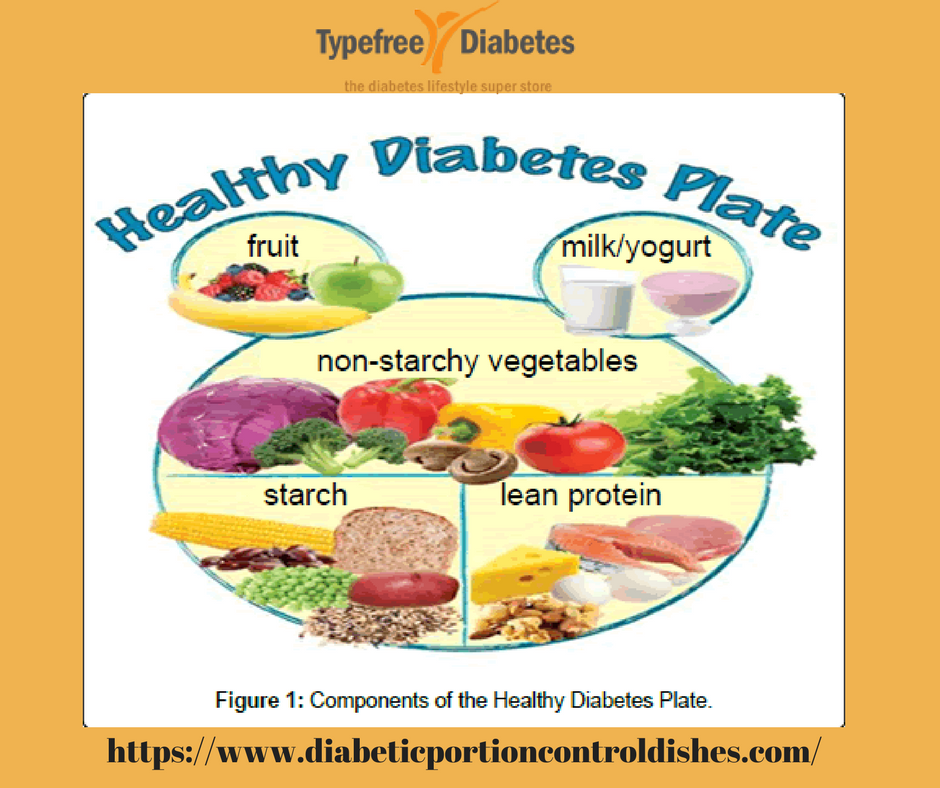 It has been proven that an excess of fatty foods contributes to the progression of the disease;
It has been proven that an excess of fatty foods contributes to the progression of the disease;